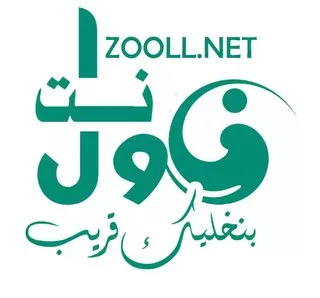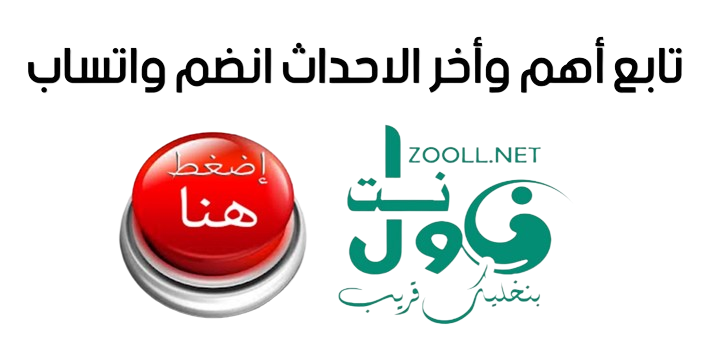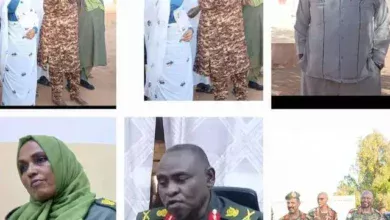War in Sudan threatens global cultural and humanitarian heritage – The Face of Truth – ✍️ Ibrahim Shaqlawi

When we started the construction of the Merowe Dam, a number of auxiliary committees were formed by prominent national experts within the working team, which included the technical aspects, construction aspects, electrical aspects, and social aspects. Within these committees was the scientific committee. headed by Professor Youssef Fadl Hassan, it included Professor Al-Amin Abu Manqa and Professor Sayed Hamed, Professor Ahmed Abdel-Al, Professor Aoun Al-Sharif Qasim, Professor Ali Saleh Karrar, Professor Hassan Makki, Professor Jaafar Marghani, Professor Ali Othman Saleh. , and others, but my memory does not help me. The vision of the senior management was that this committee is one of the most important committees ever established, because it deals with social studies and preserving the history of the affected areas. dam and preservation of historical monuments … it was a matter of caution and attention that was attributed to the entire work team led by the then Director General Osama Abdullah Muhammad Al-Hassan, who later became the minister of the ministry. .there was a great and great interest from the senior management and even the government … at that time, where they knew how important it was to save the antiquities of all areas affected by the construction of dams, roads or bridges. because they realized that the history of peoples tells of their cultural depth and their contribution to the development of history and the preservation of human civilization. I remembered these important events when I was part of the work team of the dam implementation unit. and night in impartiality and love for this country and this people. During this period, Sudan launched a global appeal for help to save the relics of ancient civilizations in the Merowe Dam area following the construction of the dam and the accompanying projects, which is the second of its kind in the history of Sudan. drowned the oldest Sudanese city – Halfa – and the world of the time rushed to actively participate in saving the antiquities of ancient Nubia, which date back more than four and five hundred years. At that time, palaces, castles and temples were discovered. the most famous of which was the Buhin Temple, whose magnificent columns were transferred to the Sudanese National Museum in Khartoum and placed in front of its entrance to tell the greatness of Sudanese civilization… as well as other antiquities… This museum was founded in 1904 AD at the Faculty of Arts of the University of Khartoum with the aim of preserving Sudanese antiquities and preserving the history of Sudanese civilization in all its historical periods… which was later transferred to the headquarters of the current National Museum. Nile Street in 1971 AD… The museum has remained a repository for preserving archaeological collectibles in all their diversity, including manuscripts, statues and memorials… from prehistoric times to the period of the Islamic kingdoms… in which I grew up. in Sudan.. next to the antiquities that were saved from the axis of the Merowe Dam.. These memories came to my mind when reading in one of the Western newspapers.. A heartbreaking news among the calamities of this miserable war, which some still say is simply a political struggle for power.. The news is published by the Global sites in the flagrant absence of national institutions and competent organizations.. it is the theft of Sudanese antiquities that tell the story of Sudanese civilization since the dawn of the history of the Sudanese. The theft also included other archaeological sites as a result of the war that the Sudanese army has been waging with the rebels of the Rapid Support Forces since mid-April last year, after they tried to seize power and restructure the Sudanese army. society according to the progressive political ideology. Unfortunately, the museum theft did not receive the necessary attention from the local media, although it was covered by local radio and television. However, the problem is not limited to war news. Tell us about other Sudanese museum sites in the capital, Khartoum, which are under the control of rebel forces, such as the Ethnographic Museum, the Natural History Museum, the National Archives and a number of huge historical libraries, in addition to the Khalifa House Museum, the area of which was recently taken over by the Sudanese army… This case, in my opinion, is part of the systematic targeting aimed at annihilating the Sudanese national identity and stealing history… As we do. know that there are a large number of archaeological and heritage sites in Sudan that are inscribed on the World Heritage List after their approval by the United Nations Educational, Scientific and Cultural Organization – UNESCO – which are the sites of Jebel Barkal. region, which includes the mountain and a number of Nubian archaeological sites, including 13 temples… and three palaces and a number of pyramids, the number of which has been estimated at 15 pyramids… bearing the names of the kings and queens of the Kingdom of Kush during this period, and then the Meroe region was added later… This is in addition to the Al-Naqa'a and Al-Musawarat regions… which were threatened by war after rebel groups from the Rapid Support Forces appeared on their borders during the development of the war, without documenting what happened until these forces were defeated by the Sudanese army… As we have said, local reports have reported massive looting in the Sudanese National Museum. in Khartoum, amid the ongoing war, where satellite images have shown evidence of a large-scale looting and smuggling operation by the rebel Rapid Support Forces, with some objects smuggled into South Sudan, according to a report by Sudanese radio Omdurman. , as we have reported, that the National Museum contains It contains the largest Nubian archaeological collection in the world, in addition to objects from ancient civilizations such as the Kingdom of Kush and the Kingdom of Alwa… and other kingdoms that represent Sudanese national sovereignty. fabric… In addition to the Nubian collection, mummified mummies dating back to 2500 BC, making it one of the oldest examples in the world. Sudanese radio reports indicated that some of the museum's contents were for sale via the internet and social media. The local radio explained that some of them had been smuggled into the state of South Sudan. The director of the National Authority for Antiquities and Museums of Sudan, Dr. Ghalia Jar al-Nabi, also revealed new details regarding the theft of antiquities. National Museum of Sudan, according to Al-Arabiya.net, she confirmed that the theft had actually taken place and that she had learned about it about a month or more ago, but she preferred to keep the matter secret to ensure the success of efforts to recover the She explained that if the antiquities thieves feel that the news has spread, they can resort to destroying or hiding the stolen antiquities. Dr. Ghalia also indicated that the directives of the higher authorities and security services stipulated that the incident be kept completely secret, so that the security services can recover the stolen objects. She also said that they have informed regional and international bodies such as the Organization – UNESCO – and – Interpol – in addition to all the bodies concerned with the search and recovery of the stolen objects. .. In conclusion, the face of truth remains in emphasizing the importance of condemning these criminal acts committed by the Rapid Support Forces rebels by all national political parties in Sudan, because this tragedy has not targeted only the Sudanese cultural heritage… On the contrary, it casts a shadow on the entire world cultural and human heritage.
May you always be well..






